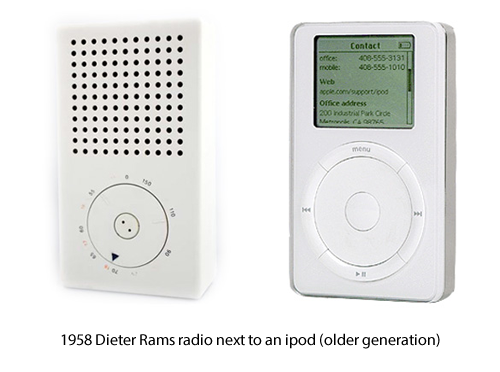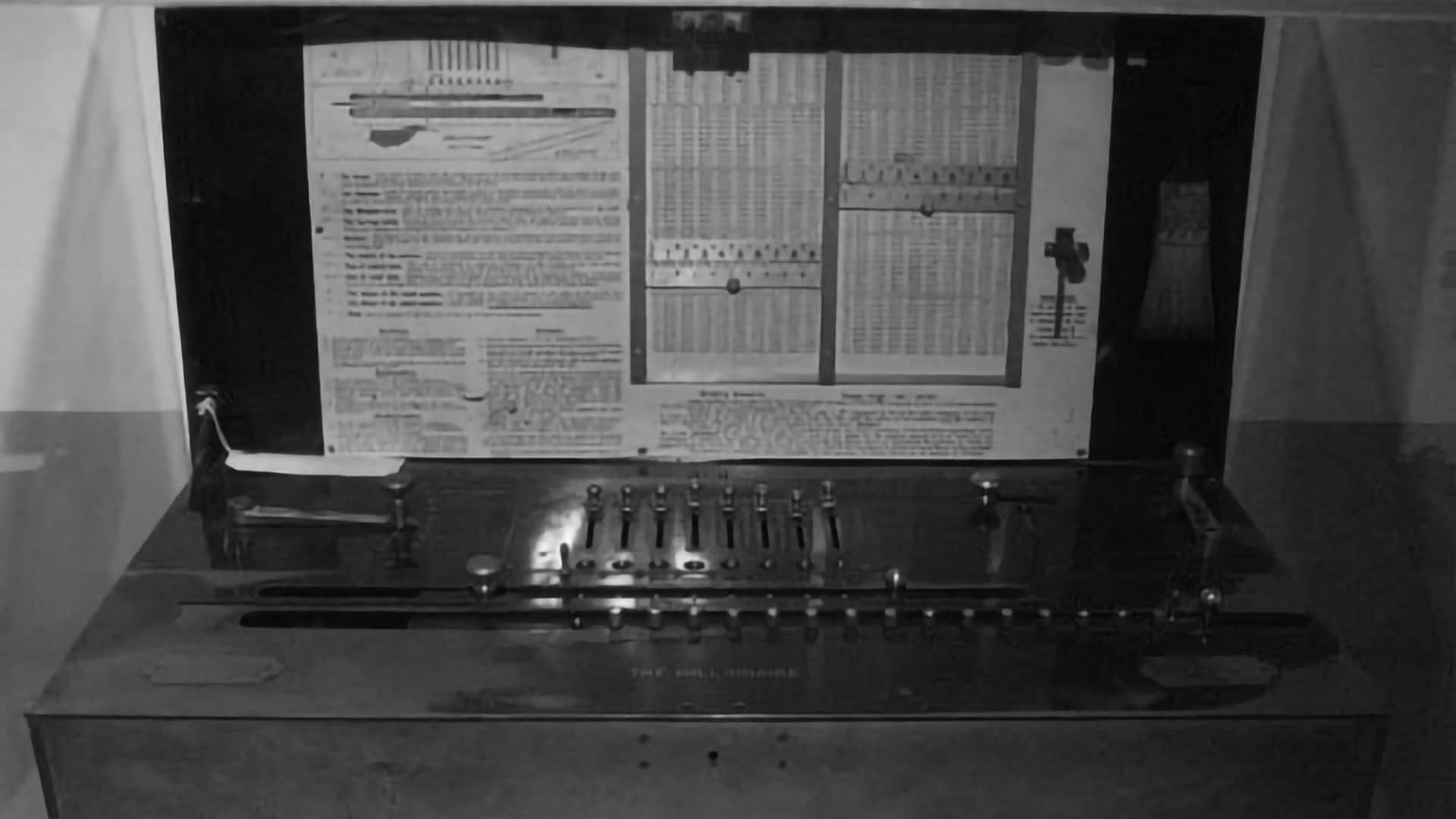Interface design is a passion of mine. I enjoy tracing the genealogy of a product design to discover where patterns have originated, and to see how they morphed over time, in a rather Darwinian way, to become what they are today. Every so often someone comes up with a fresh take on an old established design: Sony with the cassette player, Dyson with the vacuum cleaner, Apple with the mobile phone, and Sinclair with personal mobility. (Kidding with the last one.)
Certain designers have had an amazing effect on what we see and use today; one of my favourites being Dieter Rams. His product design at Braun in the 1960s can be seen in Apple products in the 2000s and in homages in 2012.

Where it gets very exciting is when I see a designer – or, more frequently nowadays, a software developer – changing the fundamental paradigm of how common objects or programs works. In other words, to branch away from the family tree and strike out in a very different direction – a “mutation”, to follow the Darwinian analogy. Here are two such mutations I’ve come across over the last few weeks.
Firstly there is Soulver. This wonderful program takes a fresh look at how most of us use spreadsheets. It’s not aimed at the power user, but rather at how regular users play around with numbers, do quick back-of-the-envelope calculations, and solve day-to-day problems. Soulver is a combination of a calculator, a spreadsheet and a text-editor; however, it’s quicker to use than a spreadsheet, and smarter and clearer than a traditional calculator. Rather than entering labels and formulas in separate cells, as with a spreadsheet, Soulver understands long-hand. Where traditional calculators replace your problem with the answer, Soulver lets you see the problem and the answer side by side.
But for me the really clever bit is that it works out the maths as you write the story. You can do calculations over multiple lines, like you might do on paper; this makes it easy to see each part of the calculation clearly. At Cohaesus, we use Soulver to work out project ball-park costs. The result is a document that is easy to read and to understand, and quick to prepare. And thanks to line references, when one line changes, every line below it will automatically update. Looking back later, your notes actually make sense. As the guys at Soulver say, “we rarely add up pure numbers, but we’re always adding up things.” And as someone has written on their website: “A calculator with words, what a concept!”
The second example of design mutation is Grid. Grid describes itself as “a simply remarkable spreadsheet”. As with Soulver, the guys at Binary Thumb have looked at how a lot of us use spreadsheets to help organise trips, projects, etc., and have added features to their product that enable the user to do just that. And some without the steep learning curve required by most desktop spreadsheets. The best way to see Grid in action is to watch the video.
If you know of any other examples of calculators and spreadsheets being used in new and inventive ways please do let us know.
Author: Quentin Ellis
Main image: Infrogmation



